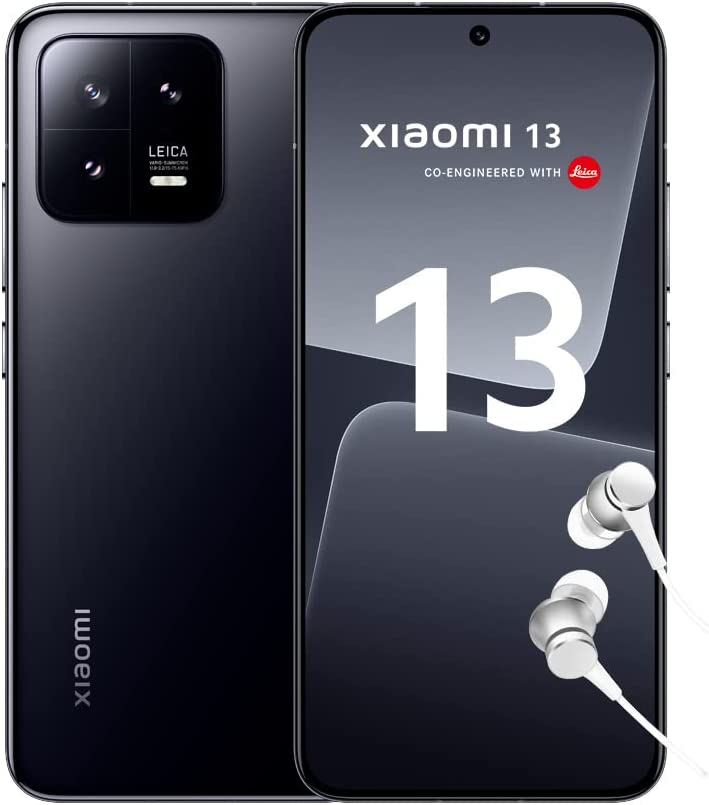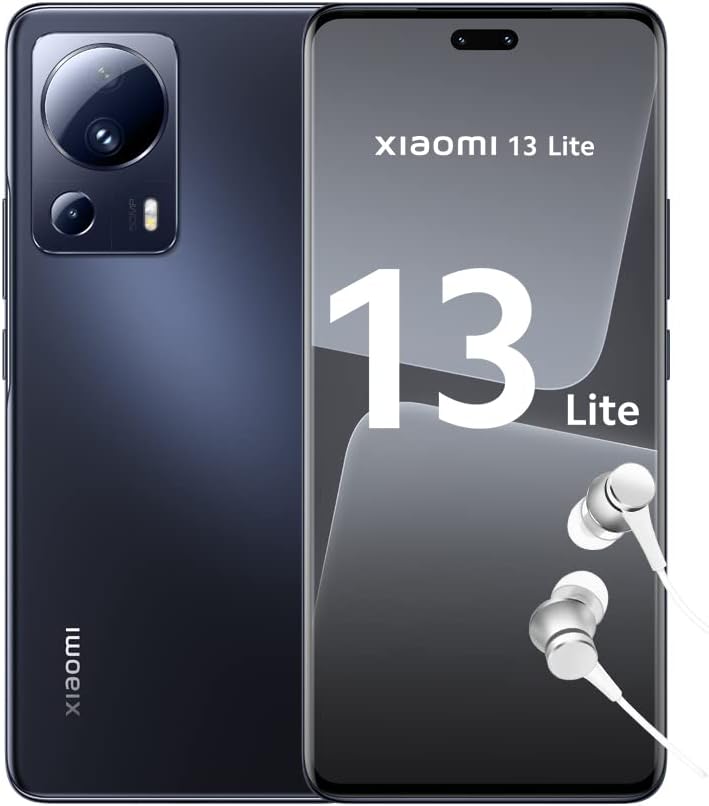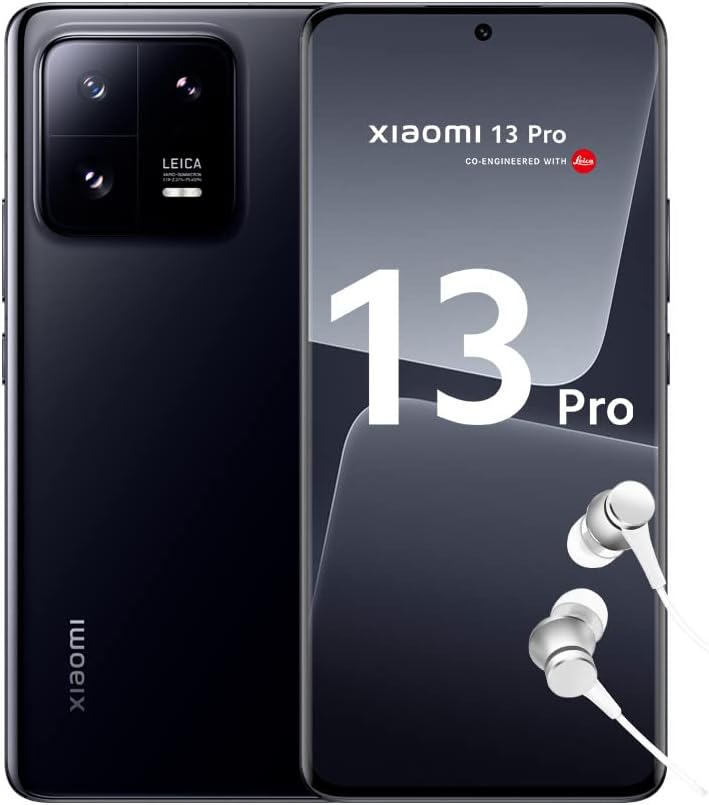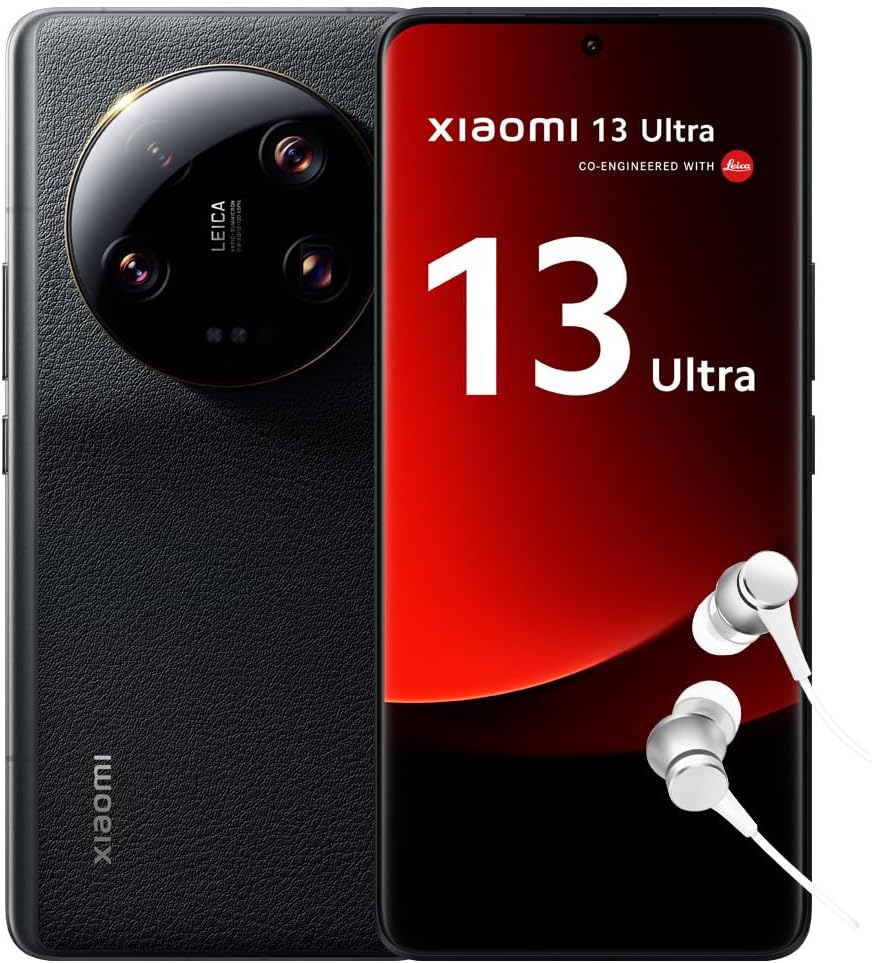|
The most sold! Xiaomi 13
Screen: 6.36 inches |
The cheapest! Xiaomi 13 Lite
Screen: 6.55 inches |
Good opinions! Xiaomi 13 Pro
No products found. Screen: 6.73 inches |
Photo quality! Xiaomi 13 Ultra
No products found. Screen: 6.73 inches |
We are getting used to Xiaomi being present in more and more markets. If, in the beginning, it began marketing affordable mobile phones, today it already has a very extensive catalog of smartphones of all ranges. Including, of course, the high range. And, speaking of the latter, we are going to tell you what the characteristics of the most recent models are: Xiaomi 13 and its Lite, Pro and Ultra versions.
Only by seeing the names of each phone can we guess what the main specifications of each one will be. Soon, we think that the Xiaomi 13 Lite is the smallest, the 13 Pro is a more advanced model than the standard version, and the 13 Ultra will be the most complete of all. Now, let’s check if these intuitions correspond to reality. For now, we can tell you that there are more differences than, a priori, one might think. Some of the most obvious differentiating aspects have to do with screen size, resolution, maximum brightness and battery capacity.
Now, it’s not all differences. Xiaomi’s 13 range includes a novelty that we love, and that is that its cameras are designed with Leica technology. In reality, they have been designed by combining the knowledge of Leica and Xiaomi, which makes the smartphones in this range some of those that take the best quality photographs and videos. To check this, we are going to analyze in detail the differences and similarities between the four models that make up the Xiaomi 13 series.
Xiaomi 13 vs 13 Lite vs 13 Pro vs 13 Ultra – Comparative table
We summarize, in the following table, the main specifications of the Xiaomi 13 range smartphones so that you can check which one best suits what you are looking for:
(Swipe the table to see all the content)
Xiaomi 13
|
Xiaomi 13 Lite
|
Xiaomi 13 Pro
No products found. |
Xiaomi 13 Ultra
No products found. |
|
| Dimensions | 152,8 x 71,5 x 7,98 mm | 159,2 x 72,7 x 7,23 mm | 162,9 x 74,6 x 8,38 mm | 163,2 x 74,6 x 9,06 mm |
| Weight | 189 g | 171 g | 229 g | 227 g |
| Available colours | Black, white and green | Black, blue and pink | black and white | Black and olive green |
| Screen type | AMOLED FHD+ | AMOLED FHD+ | AMOLED WQHD+ | AMOLED WQHD+ |
| Screen size | 6,36″ | 6,55″ | 6,73″ | 6,73″ |
| Resolution | 2400 x 1080 pixels | 2400 x 1080 pixels | 3200 x 1440 pixels | 3200 x 1440 pixels |
| Maximum brightness | 1900 nits | 1000 nits | 1900 nits | 2600 nits |
| Processor | Snapdragon 8 Gen 2 | Snapdragon 7 Gen 1 | Snapdragon 8 Gen 2 | Snapdragon 8 Gen 2 |
| Storage | 8 o 12 GB + 256 GB | 8 GB + 128 o 256 GB | 12 GB + 256 o 512 GB | 12 + 512 GB |
| OS | MIUI 14 (Android 13) | MIUI 14 (Android 12) | MIUI 14 (Android 13) | MIUI 14 (Android 13) |
| Rear cameras | Main 50 MP + telephoto 10 MP + ultra wide angle 12 MP | Wide angle 50 MP + ultra wide angle 8 MP + macro 2 MP | Main 50 MP + telephoto lens 50 MP + ultra wide angle 50 MP | Main 50 MP + ultra wide angle 50 MP + telephoto 50 MP + super telephoto 50 MP |
| Frontal camera | 32 MP | 32 MP | 32 MP | 32 MP |
| Battery capacity | 4500 mAh | 4500 mAh | 4820 mAh | 5000 mAh |
| Fast charge | Yes | Yes | Yes | Yes |
| Autonomy | 14 hours | 14 hours | 19 hours | More than 24 hours |
| Fingerprint sensor | Yes | Yes | Yes | Yes |
| Facial recognition | Yes | Yes | Yes | Yes |
| Bluetooth | 5.3 | 5.2 | 5.3 | 5.3 |
| Speakers | Dual Dolby Atmos | Dolby Atmos | Dual Dolby Atmos | Dual Dolby Atmos |
| Sensors | Proximity, ambient light, accelerometer, gyroscope, electronic compass, linear motor, infrared, flicker | Proximity, ambient light, accelerometer, gyroscope, electronic compass, linear motor, infrared | Proximity, ambient light, accelerometer, barometer, gyroscope, electronic compass, linear motor, infrared, flicker | Proximity, ambient light, accelerometer, barometer, gyroscope, electronic compass, linear motor, infrared, flicker, laser autofocus |
| NFC | Yes | Yes | Yes | Yes |
| Resistance grade | IP68 | IP53 | IP68 | IP68 |
Four smartphones, three sizes
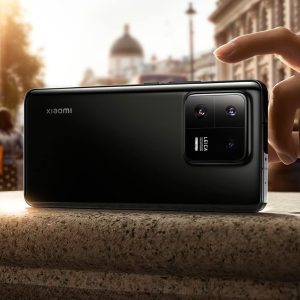
The size difference is one of the clearest, especially between the Lite version and the rest. This is the smallest and lightest model, and, despite this, it is not the one with the smallest screen . It is the Xiaomi 13, whose screen is 6.3 inches, slightly less than the 6.55 inches of the Lite version. This is because it has more usable surface area than the Xiaomi 13, and that is why it has a larger screen. In the case of the Xiaomi 13 Pro and Ultra, the screen is 6.73 inches. For this reason, they weigh a little more than the rest, exceeding 220 grams, although the truth is that, to the touch, they are not that heavy.
Two types of screens
Why do we say this? Because the Xiaomi 13 and 13 Lite have an AMOLED FHD+ screen, while the Xiaomi 13 Pro and Ultra have AMOLED WQHD+ technology. That is, one of the most important changes is the resolution, which goes from FHD to WQHD. It is a higher version than FHD, but it does not reach the same resolution as UHD, to give you an idea.
Regarding the maximum brightness of the screens, it should be noted that the Lite model is the one with the lowest maximum brightness, 1000 nits, far from the 2600 nits reached by the Ultra model. The 1900 nits of the standard and Pro models are not bad either, taking into account that the usual thing is that they do not exceed 1200 nits in other Xiaomi.
Multiple versions of the same processor
If we look at the processor, we see that Xiaomi has maintained several versions of Qualcomm’s Snapdragon. Specifically, the first generation version 7 in the Xiaomi 13 Lite, and the second generation version 8 in the remaining three. Along these lines, we see that all mobile phones have the MIUI 14 operating system, only in the Lite it is based on Android 12, while in the 13, 13 Pro and 13 Ultra models, it is based on Android 13.
Are there real differences? The performance of the Lite is somewhat lower than that of its brothers, although, to be honest, it is not one of the most palpable differences between the four. There are also some changes in storage capacity, but being the same base processor, they are minimal.
The cameras, another big difference

We are not going to deny it: the camera set is the most important strength of this range of Xiaomi phones. The most relevant novelty is that Xiaomi and Leica technologies have been combined, and the result is a photographic quality that we have not seen in other Xiaomis. The Xiaomi 13, Lite and Pro have three rear cameras, the main camera of which is 50 MP. The Xiaomi 13 Lite is the most similar to the brand’s previous smartphones, because it combines this main camera with an 8 MP ultra wide angle and a 2 MP macro.
In the case of the Xiaomi 13 and 13 Pro, the main camera is combined with a telephoto lens and an ultra-wide angle lens. In the Xiaomi 13, these are 10 and 12 MP, while in the 13 Pro, they are 50 MP in both cases. Therefore, we see here the great leap in quality between these two smartphones, since the 13 Pro has three 50 MP cameras.
And the Xiaomi 13 Ultra? Fundamentally, it breaks all records. To the three cameras that the Xiaomi 13 Pro already has, a fourth camera is added, a 50 MP telephoto lens. This phone also includes an aperture that goes from f/1.9 to f/4.0, which allows you to capture everything with the greatest possible detail.
Regarding the main camera, in all four cases it is 32 MP, which is not bad for a selfie camera.
How long does the Xiaomi 13 battery last?
The standard and lite versions of the Xiaomi 13 have a 4500 mAh battery, which gives them an approximate autonomy of 14 hours of standard use. The Xiaomi 13 Pro increases this capacity slightly, up to 4820 mAh and an autonomy of about 18-19 hours. And, once again, the Xiaomi Ultra is the one that offers the best results, with a 5000 mAh battery and more than a full day of use. Of course, all four have a fast charging option.
A progressively growing set of sensors
All four smartphones have a broad set of base built-in sensors, which increases in the Pro and Ultra models. All of them have a proximity sensor, ambient light, accelerometer, gyroscope, electronic compass, linear motor, infrared emitter and flicker sensor. Well, actually the Lite doesn’t have a flicker sensor. On the other hand, the Xiaomi 13 Pro adds a barometer, while the 13 Ultra also has a laser autofocus sensor.
In addition to these internal sensors, there are some that are shared by the four smartphones. These are the fingerprint and facial recognition sensor to unlock the phone, and the sensor that allows you to activate NFC technology. That is, one that allows contactless payments to be made.
Do they have the same level of resistance?

Three of them do, but not all. The 13, 13 Pro and 13 Ultra models are the ones with the highest possible resistance rating, IP68.
The above indicates that they have all the resistance they can to resist splashes of water or specks of dust inside. However, the Xiaomi 13 Lite is not as rugged; Its grade is IP53.
Xiaomi 13 vs 13 Lite vs 13 Pro vs 13 Ultra: Which mobile phone in the range has the best quality-price ratio?
The time for the final decision has arrived, and to do so, we ask ourselves which of the four has the best quality-price ratio. First of all, this depends on your preferences. If you are looking for a smartphone that is small and light, the Lite version is the one that may interest you the most, in addition to being the cheapest. You would give up more technological innovation, more battery capacity and more camera quality, but you save more money. However, if this is your case, you may be more interested in the Xiaomi 13, which is not much larger, but has a more updated processor and higher quality cameras.
When should you choose the Xiaomi 13 Pro or Ultra? In case you want to opt for a more advanced smartphone with technological features that are difficult to see on other mobile phones. Of course, this translates into a much higher price. In our opinion, if you are willing to make this investment, it is more interesting to opt for the Xiaomi 13 Ultra, whose quad camera based on Leica technology guarantees very high resolution and image sharpness. And, in addition, it has more battery capacity. Although, as you already know, only you have the last word.

